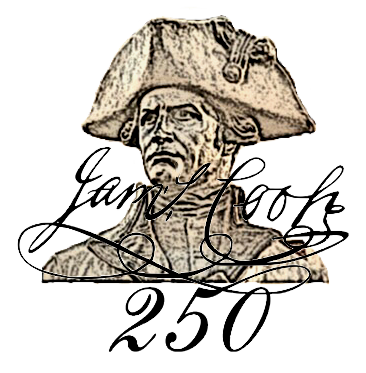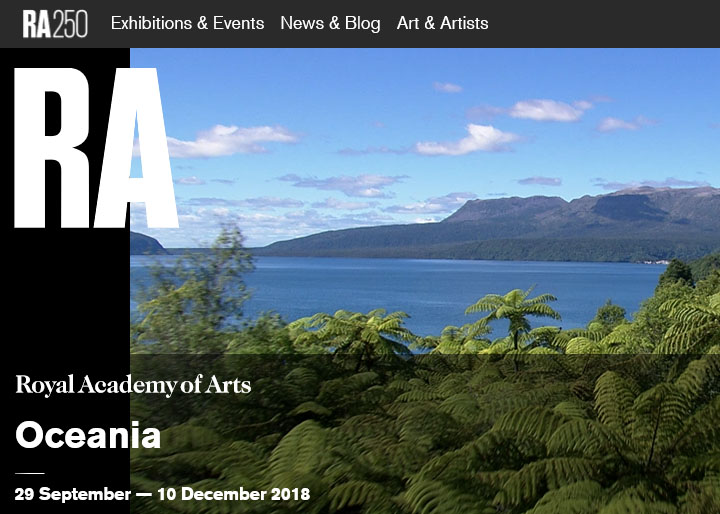Marking 250 years since Cook’s voyage to the South Pacific, the Royal Academy of Arts will celebrate the dazzling and diverse art of the region of Oceania, from the historic to the contemporary.
The year is 1768, and Britain is in the throes of the Age of Enlightenment. As a group of artists agrees to found the Royal Academy, Captain James Cook sets sail on a voyage of discovery in search of terra australis incognita – the unknown southern continent, as Europeans called it. What Cook and his crew encounter on arrival is a vast number of island civilisations covering almost a third of the world’s surface: from Tahiti in Polynesia, to the scattered archipelagos and islands of Melanesia and Micronesia.
The indigenous populations they met came with their own histories of inter-island trade, ocean navigation, and social and artistic traditions. This spectacular exhibition will reveal these narratives – celebrating the original, raw and powerful art that in time would resonate across the European artistic sphere.
Through more than 250 compelling works ranging from shell, greenstone and ceramic ornaments, to huge canoes and dazzling house facades, we explore important themes of voyaging, place making, encounter and union. The exhibition draws from rich historic ethnographic collections dating from the 18th century to the present, spanning treasures from the ancient past through to work by Lisa Reihana, a contemporary artist of Maori and British descent from New Zealand.
For more on the story, go to the Royal Academy of Arts website.


